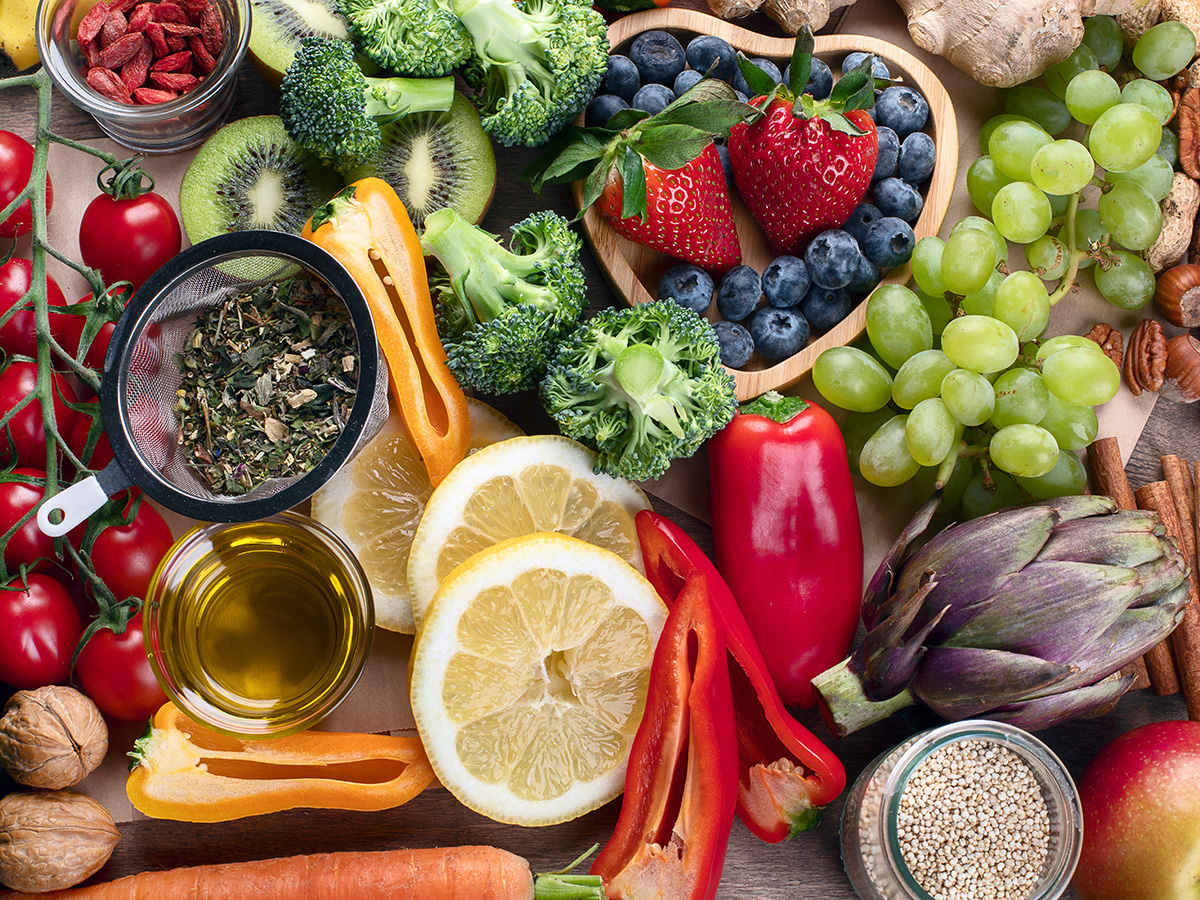 Chronic pain affects millions of Americans every day. Studies show that more adults in the United States suffer from chronic pain conditions than from heart disease, diabetes and cancer combined.
Chronic pain affects millions of Americans every day. Studies show that more adults in the United States suffer from chronic pain conditions than from heart disease, diabetes and cancer combined.
Caroline Cohen, Ph.D., R.D., L.D., a clinical dietitian and assistant professor in the University of Alabama at Birmingham Department of Family and Community Medicine, says nutrition can play a powerful role in managing and relieving chronic pain. While food is not a cure-all, the right dietary choices can help reduce inflammation, support the immune system and complement medical treatments.
Diet is just one piece of the puzzle, and Cohen says it does not have to be overhauled overnight.
“Start with one small change — like adding berries to breakfast or swapping white rice for quinoa — and build from there,” Cohen said. “Sleep, exercise, stress and relationships affect pain and inflammation.”
Cohen offers these strategies to start building a pain-fighting diet.
Power up with polyphenols
Polyphenols are natural compounds with antioxidant and anti-inflammatory properties. These are often found in foods like berries, apples, cherries, plums, spinach and olives.
“These foods help calm inflammation, which contribute to chronic pain,” Cohen said.
For those who love a morning cup of brew or sweet treat, polyphenols can be found in dark chocolate, coffee and tea; but be sure to consume in moderation.
Fill up on fiber
Fiber-rich foods help reduce inflammation. Aim for 38 grams per day for men and 25 grams for women. Include a few high-fiber foods each day to hit this goal. Examples include beans, whole grains, vegetables, berries, produce with the skin on — like apples and potatoes — and even popcorn.
Need advice on properly reading a nutrition label? Check out these tips from the FDA on understanding and using these labels.
Some packaged foods can contain significant amounts of fiber, so Cohen suggests checking the nutrition facts panel.
Choose healthy fats
Monounsaturated and omega-3s are good fats. Cohen recommends integrating olive and avocado oils, avocados, walnuts, seeds (flax, chia, hemp), and fatty fish, like salmon and tuna, into meals.
Spice it up
Herbs and spices can pack a punch against inflammation. Ginger, turmeric, black pepper, rosemary, cinnamon and cumin are great options. Fresh herbs offer the most nutrients, but dried versions still work.
 Stay hydrated
Stay hydrated
Even mild dehydration can increase pain sensitivity. Most adults should aim for 64 ounces of fluid daily, mostly from water or zero-calorie drinks. Smoothies, soups and fruits also help.
“Water is one of the most important and beneficial beverages, and getting enough water every day is important for your health,” Cohen said. “Fluids cushion our joints as we move, but dehydration also affects cognitive functioning and mood.”
Although they may contain electrolytes, energy drinks are a poor choice for hydration compared to water.
Consider supplements — carefully
If dietary changes are not enough, supplements like turmeric with black pepper, collagen peptides, omega-3s, magnesium and vitamin D may help, depending on medical history. Always talk to a doctor first, and choose brands tested for safety and purity.
While making these changes to help manage pain, do not forget to limit foods that may exacerbate pain and inflammation. Cohen recommends swapping refined carbs found in white bread, chips and desserts for whole grains. Also look at replacing saturated fats like butter, cream and fatty meats with healthier options.
Cohen reminds patients that diet and nutrition are only one part of managing inflammation and pain but are a key aspect of a whole-person approach to health.
“When used in combination with other medical and pharmacological interventions, a balanced diet can be a really powerful tool in managing pain,” Cohen said. “I always encourage patients to understand the role of nutrition in their overall health and the critical role diet plays in how they feel every single day.”
Cohen suggests talking with a primary care provider about how to support overall well-being.